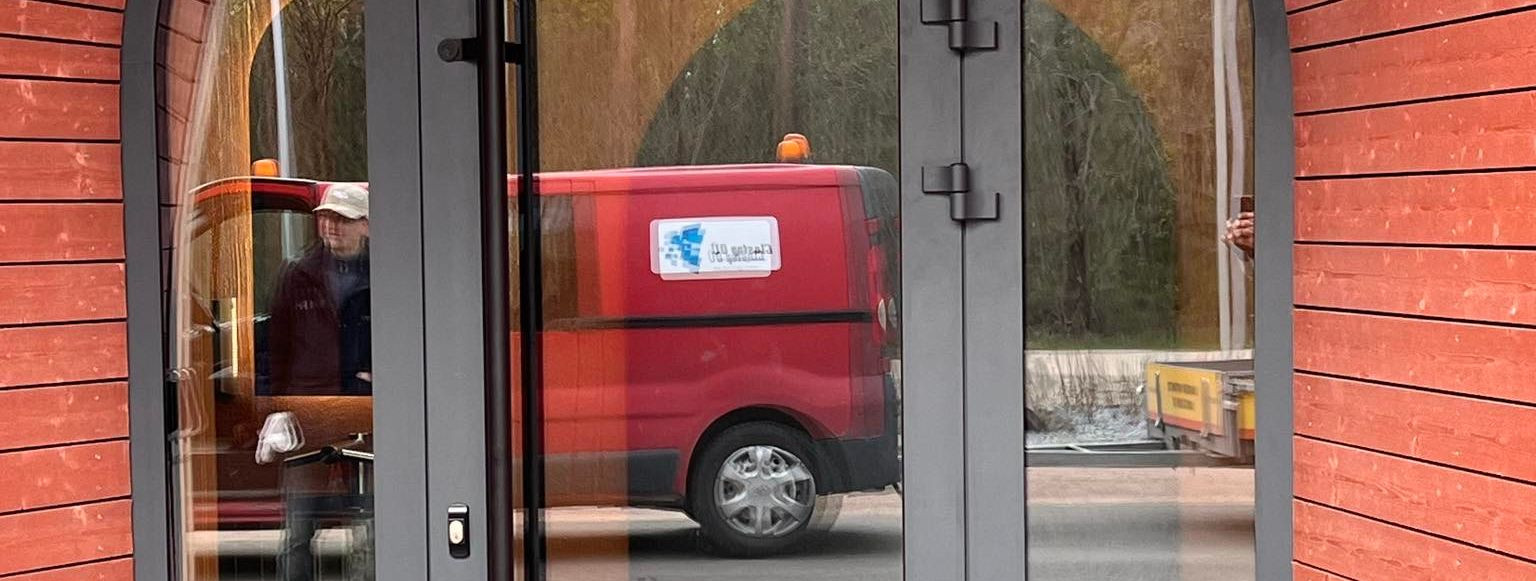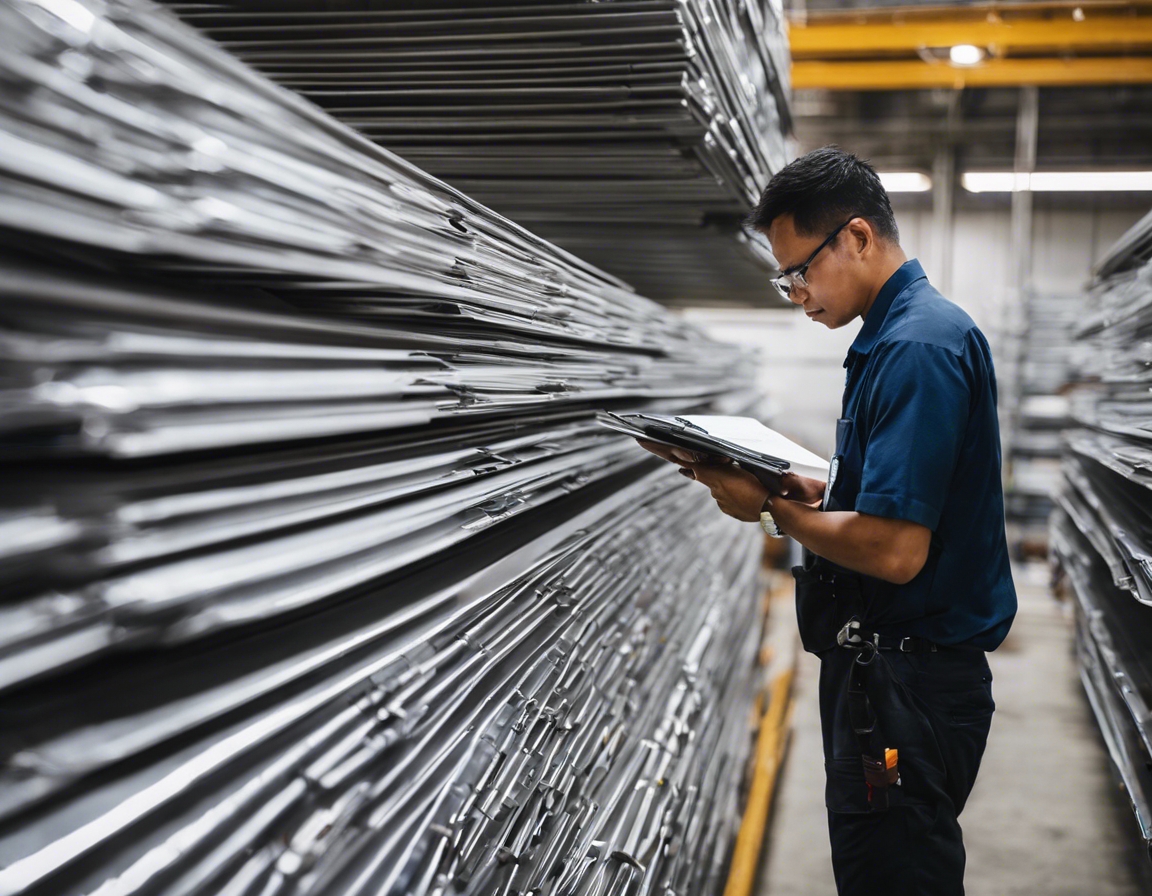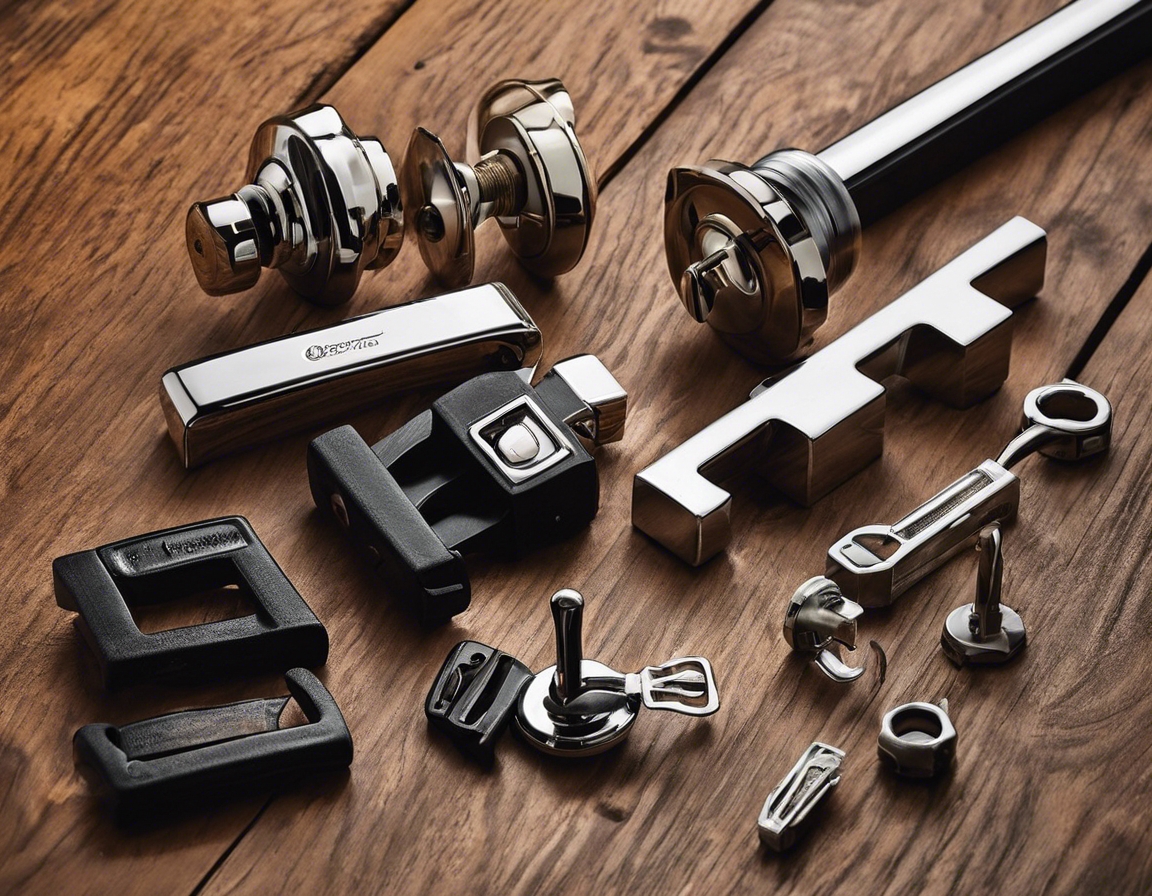The benefits of glass-aluminium in modern architecture
In the realm of modern architecture, the combination of glass and aluminium has emerged as a revolutionary material choice. This dynamic duo offers a blend of aesthetic appeal, functional benefits, and sustainability, making it a preferred option for architects, builders, and developers. As urban landscapes evolve, the demand for materials that can meet both design and performance criteria is paramount, and glass-aluminium structures are at the forefront of this architectural evolution.
2. Aesthetic Appeal of Glass-Aluminium Structures
One of the most striking features of glass-aluminium structures is their ability to harness natural light. The transparency of glass allows for an abundance of daylight to penetrate interiors, creating bright and inviting spaces. This not only enhances the visual appeal but also contributes to the well-being of occupants by providing a connection to the outside environment.
Glass-aluminium constructions are synonymous with modernity. The sleek lines and minimalist aesthetic of aluminium frames complement the clarity of glass, resulting in structures that are both elegant and contemporary. This combination allows architects to push the boundaries of design, creating iconic buildings that stand out in urban landscapes.
3. Functional Advantages of Glass-Aluminium
Aluminium is renowned for its strength and durability, making it an ideal material for supporting large glass panels. This combination ensures that structures are not only visually appealing but also robust and capable of withstanding environmental stresses. The corrosion-resistant nature of aluminium further enhances its longevity, ensuring that buildings maintain their integrity over time.
Energy efficiency is a critical consideration in modern architecture, and glass-aluminium structures excel in this area. Advanced glazing technologies, such as low-emissivity coatings and double or triple glazing, can significantly reduce heat transfer, improving thermal insulation. This results in lower energy consumption for heating and cooling, contributing to reduced operational costs and a smaller carbon footprint.
The versatility of glass and aluminium allows for a wide range of design possibilities. Whether it's creating expansive curtain walls, intricate facades, or innovative skylights, these materials can be tailored to meet specific architectural visions. This adaptability makes them suitable for various building types, from commercial skyscrapers to residential complexes.
4. Environmental Impact and Sustainability
Both glass and aluminium are highly recyclable materials, aligning with the growing emphasis on sustainability in construction. Aluminium can be recycled indefinitely without losing its properties, while glass can be repurposed into new products. This recyclability reduces the demand for raw materials and minimizes waste, supporting sustainable building practices.
Glass-aluminium structures can contribute to achieving green building certifications, such as LEED or BREEAM. Their energy-efficient properties, combined with the use of sustainable materials, help meet the criteria for these standards. This not only enhances the environmental performance of buildings but also adds value by attracting eco-conscious tenants and investors.
5. Cost-Effectiveness and Long-Term Value
While the initial investment in glass-aluminium structures may be higher compared to traditional materials, the long-term savings are substantial. The energy efficiency and durability of these materials lead to reduced operational costs and maintenance expenses over the building's lifespan, offering a favorable return on investment.
Glass-aluminium structures require minimal maintenance, thanks to the corrosion-resistant nature of aluminium and the ease of cleaning glass surfaces. This low maintenance requirement, coupled with the materials' longevity, ensures that buildings remain in excellent condition for decades, preserving their aesthetic and functional value.





Comments (0)